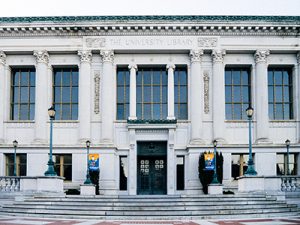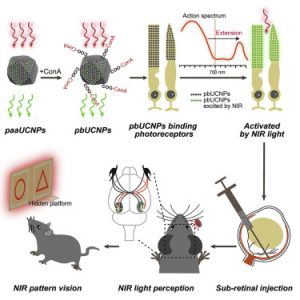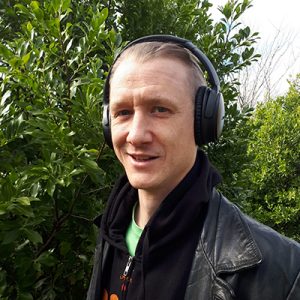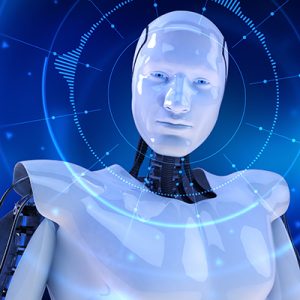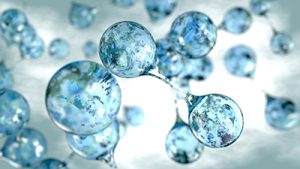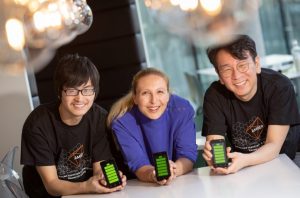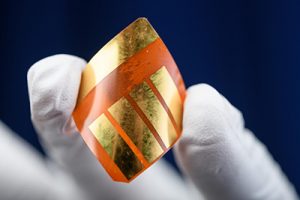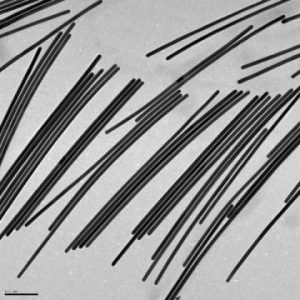The urgency for open access publishing has been felt for some time. The strain of paywalls and expensive scholarly publishing business models have limited access to academic papers and research, causing some to take matters into their own hands.
The Electrochemical Society is one of those to take action. Each year, ECS participates in International Open Access Week by taking down paywalls to the entire ECS Digital Library, giving the world a preview of what complete open access to peer-reviewed scientific research will look like. ECS is also the founder of the Free the Science initiative, which aims to make the Society’s high quality, peer-reviewed research free for everyone to read and free for authors to publish. In addition, in honor of Free the Science, the Society also offers another paywall-free week to the ECS Digital Library. This year marking the Society’s 3rd annual Free the Science Week, taking place April 1-7, where thousands of scientific articles and abstracts will become free to access.
And, it looks like ECS is far from alone in these efforts. (more…)


